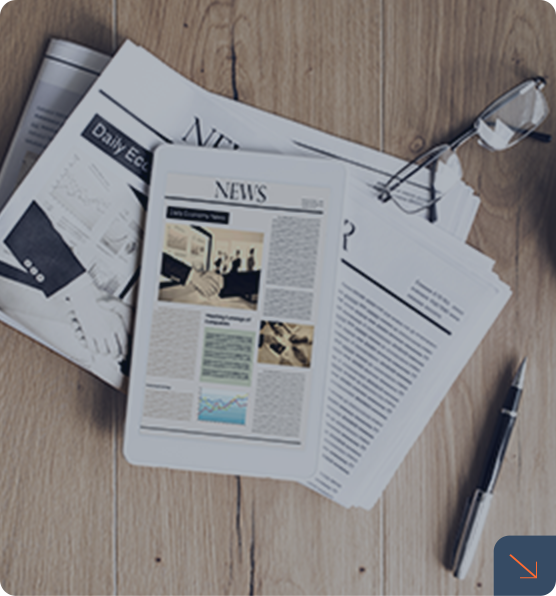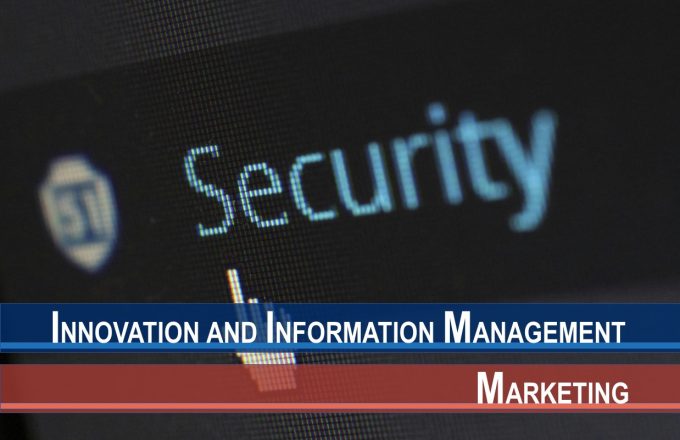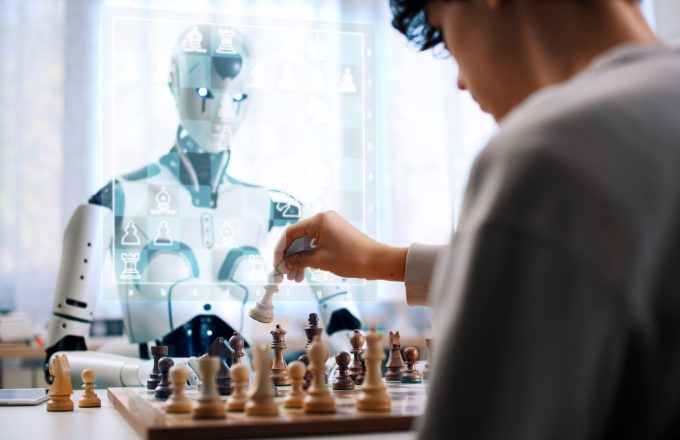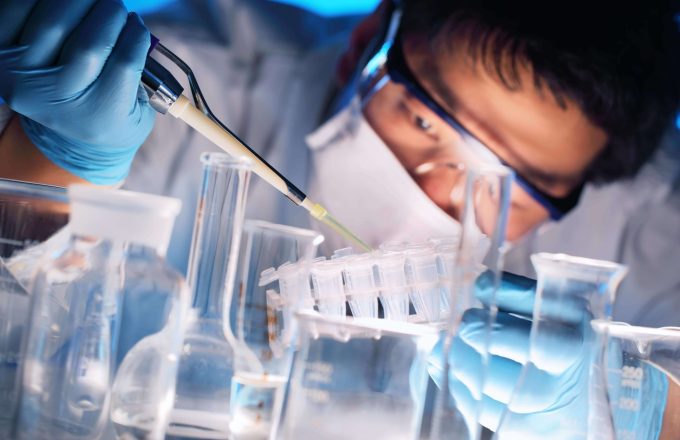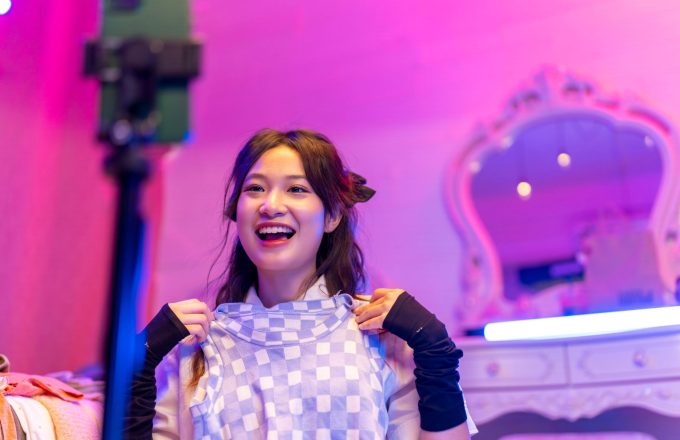Latest Research Publications
Research Insights
Global Scholars
Impact Stories
HKEJ Column
FT Chinese Column
In the Media
Firms must often decide whether to disclose private information regarding their costs to other market participants. Although extant literature has explored firms’ incentives to disclose exogenous and uncertain costs, little is known about when their endogenous costs should be disclosed. This paper studies the cost-disclosure strategies of competing firms whose inputs are sourced from and endogenously priced by upstream suppliers. We find, first, that cost disclosure affects not only market competition but also the motivations of suppliers in setting their input prices. As such, firms can strategize their disclosure decisions to optimize their procurement costs. Second, we find that firms’ disclosure decisions vary depending on both the nature of the competition and the market structure at hand. That is, when competing firms source from the same supplier or compete on price, they never disclose their costs; in such a case, nondisclosure is strictly better for consumers and welfare compared with disclosure. When competing firms source from different suppliers and compete on quantity, they always disclose; in such a case, disclosure is strictly better for consumers and welfare compared with nondisclosure. We also find that whereas manufacturers’ disclosure incentives are misaligned with those of suppliers, they are largely aligned with the goal of maximizing channel profits. Together, our results underscore the distinct role that endogenous costs play in firms’ disclosure decisions.
March-April 2025
Marketing Science
To balance the need for privacy and the benefits of big-data analytics, regulators around the world are giving consumers control over their data, allowing them to choose whether or not to voluntarily share their purchase history data with firms. Intuition suggests that voluntary data sharing only benefits consumers who can now choose to share their data only when it is profitable to do so. To investigate this argument, we build a model in which a monopolistic firm sells a repeatedly purchased product to consumers over two periods, and consumers decide whether or not to share their purchase history data with the firm, who can use it in the future to price discriminate against them. We find that, compared to when data collection is completely outlawed, voluntary data sharing can benefit the firm but at its consumers’ expense. Moreover, regulations that mandate firms to better protect consumer data against data breaches can backfire on consumers. Finally, we show that under voluntary data sharing, a firm’s ability to offer consumers a monetary incentive to share their data can improve profits without hurting consumers. Taken together, these findings underscore the surprising effects of voluntary data sharing and caution public policymakers of how certain data policies that, on the surface, seem purely beneficial can lead to unintended consequences.
March 2025
MIS Quarterly
We study voluntary cost disclosure by duopoly firms when they can invest in a cost-reduction technology, i.e., when their private cost is endogenously determined. We find that, contrary to most of the literature, firms disclose their endogenous cost information regardless of the type of competition. The underlying mechanisms and welfare implications, however, are different. Under Bertrand competition, cost disclosure helps a firm avoid aggressive investment in cost reduction to coordinate actions to the mutual advantage of the duopoly firms. Under Cournot competition, disclosing cost information enables a firm to show a hardened stance toward the competing firm. Although firms gain from their disclosure decisions under Bertrand competition, their disclosure decisions under Cournot competition place them in a prisoner’s dilemma, as both firms would be better off if they chose not to disclose their information. Consequently, consumers may lose under Bertrand competition but gain under Cournot competition.
March 2025
The Accounting Review
Key Takeaways Net-zero portfolios (NZPs), managing over $130 trillion USD in assets, align financial performance with climate goals. These portfolios reward firms that actively reduce emissions while excluding those lagging behind, driving market incentives for decarbonization.
The study introduces distance to exit (DTE), a forward-looking metric that measures a firm’s risk of exclusion from NZPs based on its carbon footprint and decarbonization efforts.
Firms with higher DTEs—seen as safer from exclusion—tend to have higher valuations but lower expected returns, highlighting the market’s pricing of carbon-transition risks.
DTE serves as both a risk measure and a catalyst for action, incentivizing firms to accelerate decarbonization to remain in NZPs, while enabling portfolios to achieve up to 95% reductions in carbon intensity without sacrificing sector diversification. Source Publication:
10 Jan 2025
Research
Key Takeaways The agricultural export value of Brazil has quadrupled over the last two decades due to rising global demand.
Brazil’s agricultural export boom drives deforestation: between 1997 and 2019, trade-induced agricultural expansion led to the loss of 3.6 million hectares of forest.
Trade-induced deforestation causes severe health consequences: it results in over 700,000 premature deaths, primarily from cardio-respiratory diseases linked to pollution from deforestation in upwind areas.
The economic cost of these deaths is estimated at $513 billion USD—about 18% of Brazil’s total agricultural export value during the same period.
These findings highlight the negative health impacts of trade-induced deforestation and the resulting regional inequality, because mortality costs and economic benefits are not always shared by the same populations. Source Publication:
8 Jan 2025
Research
Key Takeaways This study develops a theoretical framework to explore how carbon taxes and financial market tools (e.g., sustainability-linked loans and bonds) interact in reducing carbon emissions.
Carbon taxes remain the most effective tool for achieving emission reductions and increasing welfare but are often politically constrained.
Carbon-contingent financing provides an alternative incentive for standard agents to adopt green technologies, but its effectiveness depends on the financial resources of environmentally motivated agents who are funding the transition.
Although carbon taxes and market-based solutions can coexist, carbon-contingent financing may undermine political support for taxes, potentially reducing their overall effectiveness in addressing emissions.
The model’s predictions emphasize the need for a balanced climate strategy, whereby carbon taxes and financial market solutions complement each other by targeting different regions or sectors with distinct characteristics. Source Publication:
5 Jan 2025
Research
While computer languages may sound alien to economics, I aim to showcase that good programming skills are conducive not limited to economic research, it can also open up endless career possibilities for you in the business world.
31 Jan 2022
Economics
As a teacher, I will push myself to understand the expectations of local employers' and the market dynamics of Hong Kong.
18 Jan 2022
Finance
As a science person, I am impressed by our students' strong business acumen. But as a teacher, other than teaching them how to use quantitative tools to make scientific claims, I also hope that I can encourage them to continue to stay inquisitive about the world and apply their classroom knowledge for the betterment of the society.
5 Jan 2022
Marketing
以長技鑄智慧:借人工智能賦能自我成長
8 Oct 2025
Faculty
U.S. President Donald Trump recently signed an executive order announcing that, starting September 21, 2025, foreign talent applying for an H-1B work visa for the first time will be required to pay a visa fee of up to $100,000. This abrupt policy shift has caught American companies and international talent off guard, with the technology sector bearing the most direct impact. If fully implemented, the policy will not only reshape the U.S. tech ecosystem but also prompt adjustments in global talent, capital, and innovation chains.
1 Oct 2025
Faculty
Last week the Chief Executive published the 2025 Policy Address. Covering everything from encouraging childbirth to regulating non-local labor, and from developing the yachting industry to the space economy, it touches on every aspect of Hong Kong’s economic development and people’s livelihoods. Dr. Stephen Chiu have selected a few key points that left a strong impression for analysis and commentary, offered simply to spark discussion, prompt readers’ reflection, and serve as a future reference.
24 Sep 2025
Faculty
Hong Kong was once famed worldwide as a “Shopping Paradise,” with retail serving as a key pillar of its economy. From cutting-edge electronics to international luxury goods, the city attracted consumers from around the globe on the strength of its reputation for quality and exchange-rate advantages. Today, the rise of mainland E-Commerce platforms is profoundly reshaping Hong Kong’s commercial ecosystem.
22 Sep 2025
Driven by the wave of digitalization, livestream e-commerce has rapidly risen to become one of the most phenomenal marketing methods in the e-commerce sector. With real-time interaction and immersive experiences, it has successfully captured the attention of hundreds of millions of consumers.
4 Sep 2025
On August 1, 2025, Hong Kong’s “Stablecoin Ordinance” will take effect, marking China’s gradual participation in the stablecoin market and its exploration of how to use Hong Kong, an offshore financial center, to promote the internationalization of the RMB through stablecoins. To answer this question, we need to understand, rationally and objectively, the development logic of offshore RMB stablecoins in the context of the current heightened market sentiment.
22 Aug 2025
以長技鑄智慧:借人工智能賦能自我成長
8 Oct 2025
Faculty
Dongguan, which has been vigorously developing its IP industry in recent years, recently held an anime expo. How do the IP companies exhibiting there view the industry’s development prospects? The local economy has recorded growth, but employment has deteriorated—when this kind of contradictory, unusual economic phenomenon appears, what does it signify?
5 Oct 2025
Faculty
In an interview with the Hong Kong Economic Journal, Prof. Heiwai Tang, Associate Vice-President of HKU and Director of the Asia Global Institute, explained that China's focus on technological development is driven by strategic geopolitical goals for long-term independence, rather than immediate economic growth. While innovations like AI enhance future prospects, they have not yet resulted in significant near-term economic recovery. Tang noted that prioritizing technology may temporarily widen wealth disparities, as AI could replace traditional workers.
4 Oct 2025
Faculty




